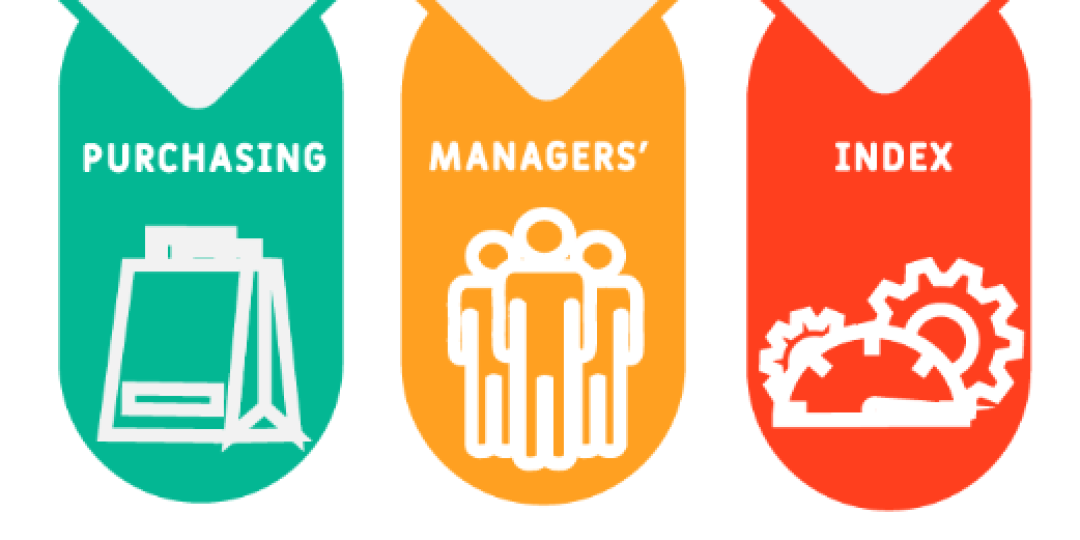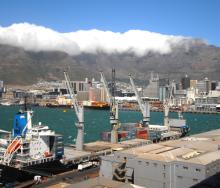The seasonally adjusted Absa Purchasing Managers’ Index (PMI) increased by four points to 48.7 in March but still remained below the level last seen in the fourth quarter of last year.
This is according to the latest PMI report released by the Bureau for Economic Research on Tuesday, which showed that, while headline PMI remained in contractionary territory for a fifth consecutive month, this was the highest reading since the 52.6 points recorded in October.
Despite some recovery in March, a weak January and February meant that the average PMI for the first quarter of 2025 was 46.2 points, below the 49 points recorded in the fourth quarter of last year.
The business activity index increased by 7.7 points to 48.3 in March in response to improved demand, while new sales orders increased by 10.2 points to 48.7 points as a turnaround in export sales boosted demand recovery.
The index tracking export sales showed significant gains in export markets, with sales returning to expansionary territory for the first time in four months.
This was despite current global trade disagreements and logistical issues.
Respondents’ comments indicated that logistical issues at the ports remained, and that souring relations with the biggest economy in the world was bringing uncertainty, although it might not be affecting trade at the moment.
The supplier deliveries index decreased slightly by 0.8 points to 54.1 points, indicating some improvement in delivery times, as the index is inversed, with an increase in delivery times resulting in a decline in the index.
“While the slight improvement could be welcome if driven by better-working supply chains, it could also reflect sustained weaker demand,” the PMI report noted.
The employment index increased by 3.9 points to 46.1 but remained in contractionary territory for an entire year (the twelve months since April 2024), while the inventories index dropped to 45.9 as manufacturers reduced stock of finished goods and raw materials.
The purchasing price index decreased by 5.9 points to 64.5 in March.
“The rand exchange rate, in line with other emerging market currencies, has been relatively stronger against a weaker US dollar, and this has served manufacturers well in terms of imported materials and fuel prices, hence cost pressure is easing following two months of cost increases,” the report noted.
According to the index tracking, expected business conditions in six months’ time could decrease further by 2.5 points to 58 in March, edging below 60 points for the first time since 57.6 points in May 2024.
The return of load-shedding and the souring SA-US relations likely continue to weigh on sentiment.













